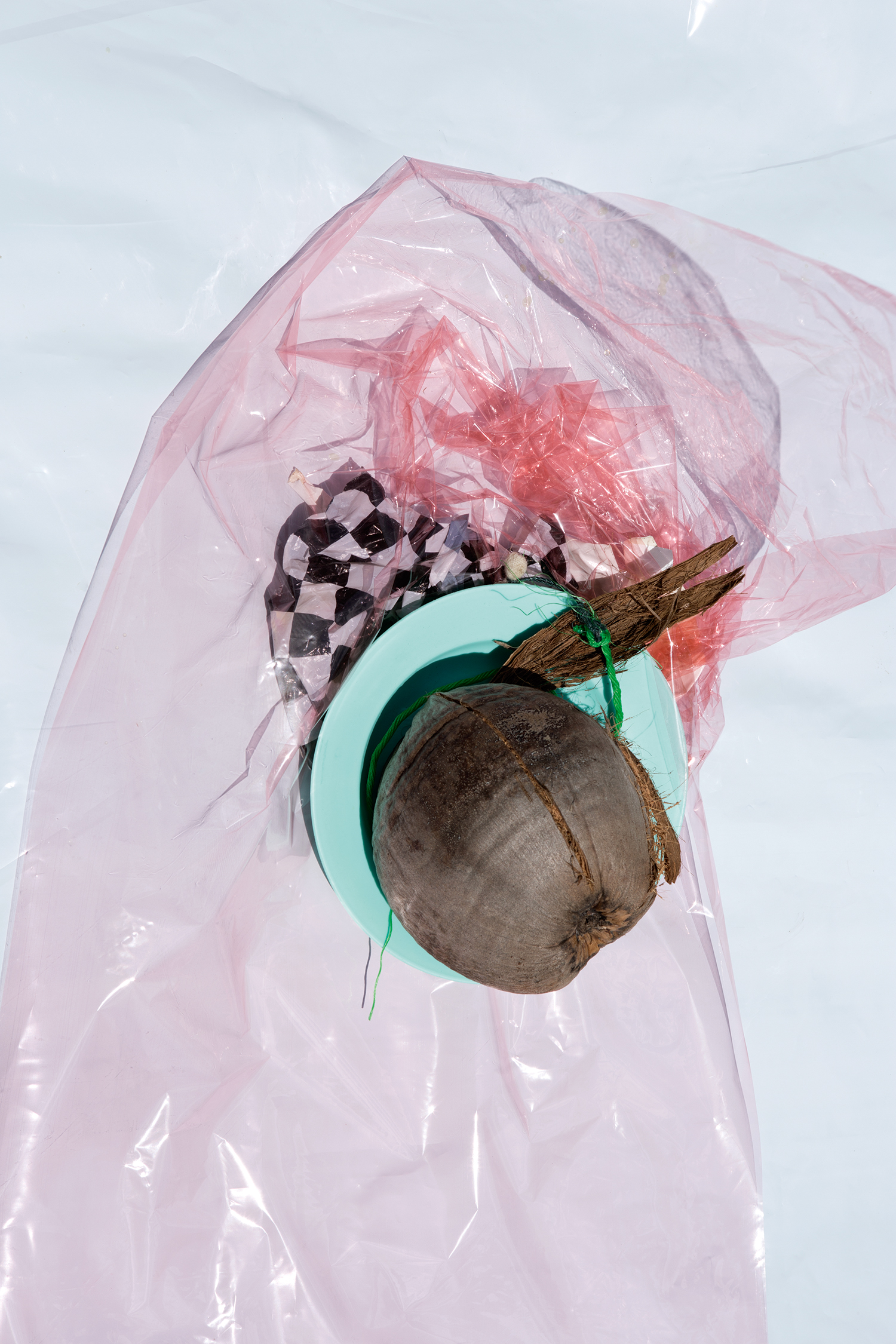Purple Magazine
— S/S 2014 issue 21
When Everyday Life Becomes Forms: Surinami, South America
photography by VIVIANE SASSEN
text by XERXES COOK
“From the capital, Paramaribo, it will take you three hours to drive down — well, we say up, as it’s upriver — and then you get to Brokopondo Lake, but then you go a bit farther, and there’s this tiny village I forget the name of, and then the road literally stops and the river begins.” This is how Dutch photographer Viviane Sassen describes the journey to Pikin Slee, a village along the Upper Suriname River, which is the setting of her two most recent photo series.
After the vanishing road, she boarded a corial, a traditional canoe hollowed from the trunk of a tree, rigged with a simple 25cc motor. She headed for three hours along the arterial river enveloped by myriad hues of Amazonian green, broken only by “the little villages situated along the banks, which are like…




